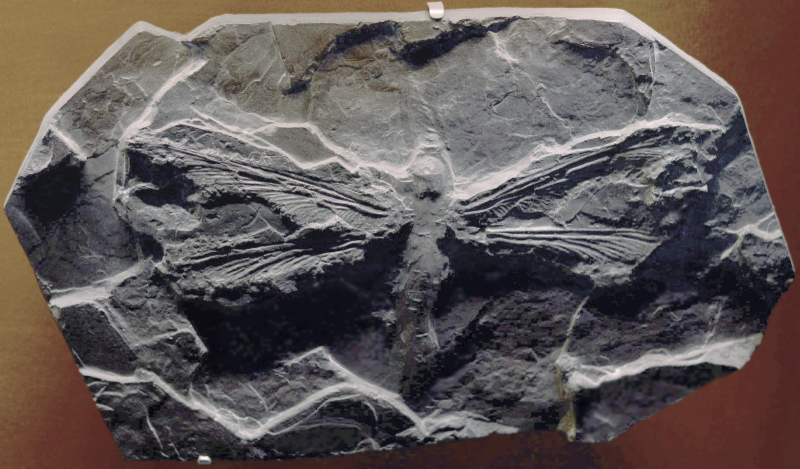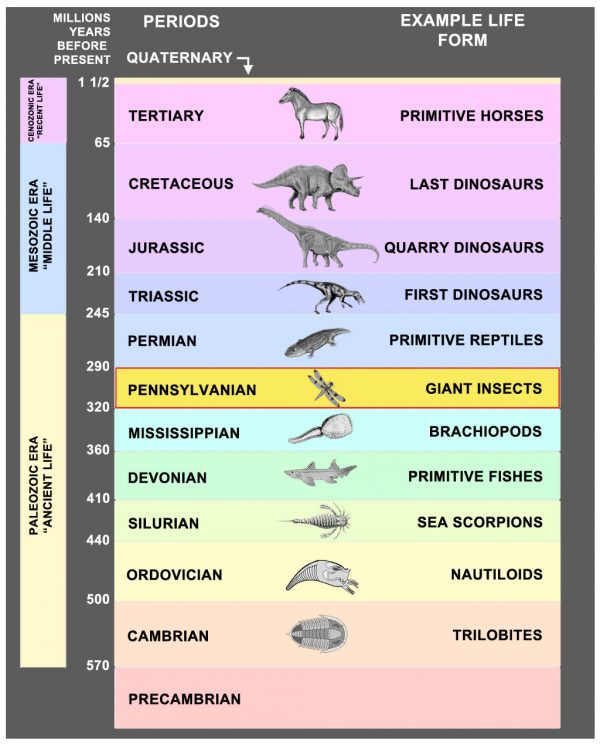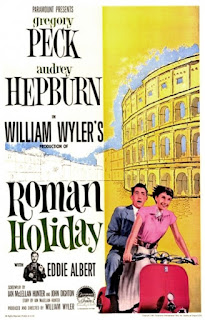Trump supporters need to READ THIS and see that their guy is guilty of doing every unsavory thing he accused (wrongly) Mrs. Clinton of doing. It's okay for him, but not for anyone else to do. Sounds like a bully to me. Learn : 1) Goldman Sachs 2) Big Donors 3) No News Conferences 4) Family Ties 5) Pay for Play
In the News: Trump is repeating some behaviors he criticized in Clinton
WASHINGTON (AP) — Donald Trump spent the past two years attacking rival Hillary Clinton as crooked, corrupt, and weak.
But some of those attacks seem to have already slipped into the history books.
From installing Wall Street executives in his Cabinet to avoiding news conferences, the president-elect is adopting some of the same behavior for which he criticized Clinton during their fiery presidential campaign.
Here’s a look at what Trump said then — and what he’s doing now:
___
Goldman Sachs
Then: “I know the guys at Goldman Sachs,” Trump said at a South Carolina rally in February, when he was locked in a fierce primary battle with Texas Sen. Ted Cruz. “They have total, total control over him. Just like they have total control over Hillary Clinton.”___
Big donors
Then: “Crooked Hillary. Look, can you imagine another four years of the Clintons? Seriously. It’s time to move on. And she’s totally controlled by Wall Street and all these people that gave her millions,” Trump said at a May rally in Lynden, Washington.Now: Trump has stocked his Cabinet with six top donors — far more than any recent White House. “I want people that made a fortune. Because now they’re negotiating with you, OK?” Trump said, in a December 9 speech in Des Moines.
The biggest giver? Linda McMahon, incoming small business administrator, gave $7.5 million to a super PAC backing Trump, more than a third of the money collected by the political action committee.

___
News conferences
Then: “She doesn’t do news conferences, because she can’t,” Trump said at an August rally in Ashburn, Virginia. “She’s so dishonest she doesn’t want people peppering her with questions.”Now: Trump opened his last news conference on July 27, saying: “You know, I put myself through your news conferences often, not that it’s fun.”
He hasn’t held one since.
Trump skipped the news conference a president-elect typically gives after winning the White House. Instead, he released a YouTube video of under three minutes. He also recently abruptly canceled plans to hold his first post-election news conference, opting instead to describe his plans for managing his businesses in tweets. “I will hold a press conference in the near future to discuss the business, Cabinet picks and all other topics of interest. Busy times!” he tweeted in mid-December.
___
Family ties
Then: “It is impossible to figure out where the Clinton Foundation ends and the State Department begins. It is now abundantly clear that the Clintons set up a business to profit from public office. They sold access and specific actions by and really for I guess the making of large amounts of money,” Trump said at an August rally in Austin.Now: While Trump has promised to separate himself from his businesses, there is plenty of overlap between his enterprises and his immediate family. His companies will be run by his sons, Donald Jr and Eric. And his daughter, Ivanka, and son-in-law, Jared Kushner, have joined Trump at a number of meetings with world leaders of countries where the family has financial interests.
Ivanka, in particular, has been caught making early efforts to leverage her father’s new position into profits. After an interview with the family appeared on “60 Minutes,” her jewelry company, Ivanka Trump Fine Jewelry, blasted out an email promoting the $10,800 gold bangle bracelet that she had worn during the appearance. The company later said they were “proactively discussing new policies and procedures.”
Ivanka is also auctioning off a private coffee meeting with her to benefit her brother’s foundation. The meeting is valued at $50,000, with the current top bid coming in at $25,000.
“United States Secret Service will be Present for the Duration of the Experience,” warns the auction site.
Trump on Saturday said he would dissolve his charitable foundation amid efforts to eliminate any conflicts of interest before he takes office next month.

































